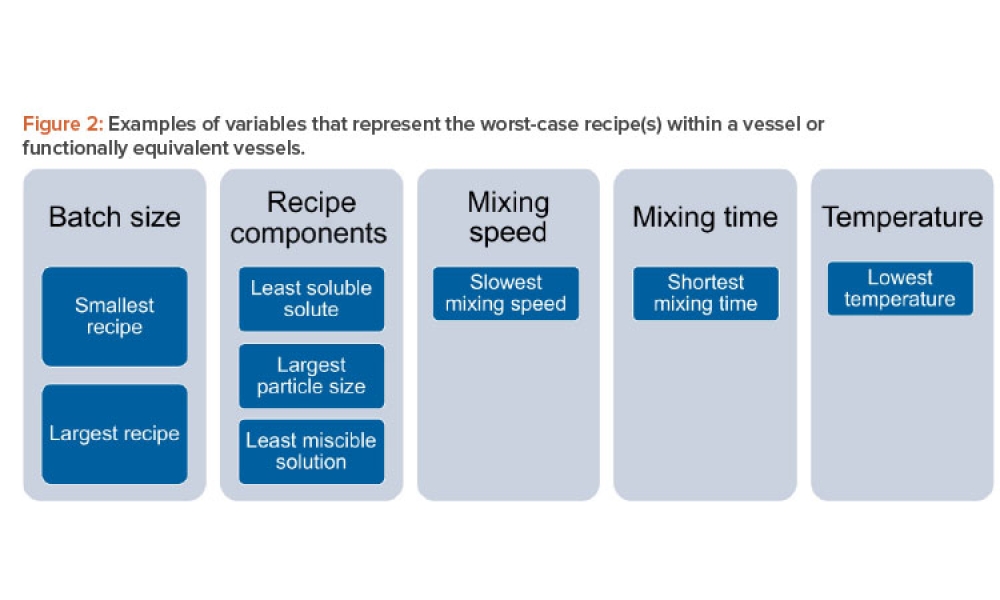China: Pursuing Quality for Generics & Biosimilars

Over the past several years, Chinese regulatory authorities have signaled an increased awareness of the need to improve quality standards for both generic and biosimilar drugs. In 2015, the China Food and Drug Administration (CFDA) (now NMPA, National Medical Product Administration) issued technical guidance on the development and evaluation of biosimilars,1 and in 2016, the State Council General Office issued the Opinion on Conducting Evaluations of the Quality and Efficacy Consistency of Generic Drugs, which laid out an industry-wide overhaul of generic drug quality by requiring a retroactive and ongoing generic consistency evaluation (GCE). 2 What will these and other reforms mean to the Chinese generics and biosimilars landscape?
Regulatory Reforms for Generics
Bioequivalence studies had been required for generic drugs since 2007 regulatory revisions. However, these bioequivalence studies were often unreliable due to a lack of an official reference drug list and a lack of Good Clinical Practice (GCP) and regulatory oversight, calling into question the quality of generic drugs approved prior to the 2016 reform. Now, legacy generics as well as new generics must be demonstrated to have the same quality as, and be biopharmaceutically equivalent to, the officially listed reference drug, which is typically the innovator or branded version of the generic drug.
According to Jifeng Lei, CEO of Anbison Inc., Chinese pharmaceutical companies now fully understand the regulatory and technical requirements that are in line with the FDA and the European Medicines Agency (EMA) in terms of pharmaceutical equivalence and bioequivalence. Essentially, the generics applicant must demonstrate that their product becomes available at the site of drug action at the same rate and to the same extent as the reference product when administered at the same dose and under the same administration route. Bioequivalence studies are conducted in NMPA-qualified hospitals, with sample analysis occurring at qualified analysis organizations according to GCP guidelines. An intensive site inspection is conducted for every application for those sites by NMPA inspectors, and the bioequivalence requirement is referenced to the FDA-published general guidance as well as the specific product bioequivalence guidance. This increased focus on generics quality may help to account for a growing global demand for China-produced generic drugs. In 2017, Chinese drugmakers won approval for 38 generics, up from 22 in 2016.3
As generic quality increases as a result of the Generic Drug Quality and Efficacy Consistency Evaluation policy, competition for off-patent branded drugs will no longer draw premium prices. At the same time, companies that are unable to keep up with these new rigorous standards will be left behind, resulting in consolidation of the sector.
According to Lei, many Chinese pharmaceutical companies are now focusing on pharmaceutical redevelopment to make their marketed drug products bioequivalent and pharmaceutically equivalent to the reference product so they can survive in the marketplace. Product and process design, process performance monitoring, process qualification, bioequivalence, and the Common Technical Document are becoming hot topics within the Chinese pharmaceutical industry. At the same time, according to Lei, the NMPA is cracking down on false data in the application dossier, and top management and scientific talent in the industry are now more likely to be focusing on the technical side—development and manufacturing—rather than on the sales side.
There is still a significant need for more contract research organizations focusing on pharmaceutical development and bioequivalence studies.
- 1Wang, Katherine. “China Announces Final Biosimilars Guidance.” Ropes & Grey Alerts, 6 May 2015, http://ropesgray.com/en/newsroom/alerts/2015/March/China-Announces-Final-Biosimilars-Guideline
- 2Huang, B. et al. “Make up a missed lesson-New policy to ensure the interchangeability of generic drugs in China.” Pharmacological Research and Perspectives, 5, no. 3 (May 2017): e00318. https://www.ncbi.nlm.nih.gov/pubmed/28603636
- 3Hancock, T., and W. Xucqiao. “China pharma boosts generics exports to US.” Financial Times, March 18, 2018, http://ft.com/content/6645b174-2371-11e8-ae48-60d3531b7d11

Ongoing Quality Work
There is still a long way to go for the quality consistency/therapeutic equivalency evaluation of generic drugs in China. After three years of effort, only a small portion of the marketed generic products have gone through intensive reevaluation, said Lei. But state owners, patients, physicians, drug regulatory authorities, and payers are all making drug quality consistency and consistency of therapeutic effects a priority, and implementation of ICH Q10 standards is considered a must.
Consistent application of ICH Q10 standards will also be critical to bring Chinese biosimilars to the global marketplace, according to Daotian Fu, PhD, General Manager of Livzon Mabpharma Inc. Currently, no true biosimilars have been developed by a Chinese biopharma company. Due to the complex structure of biologic drugs, the bar for a biosimilar designation is much higher than that of a generic small molecule drug. Although a generics manufacturer can demonstrate that the structure of their drug is identical to that of the reference product, the biosimilar manufacturer cannot. Because of this, both the FDA and the EMA require biosimilar manufacturers to perform head-to-head clinical trials of a biosimilar product against the reference product to ensure that differences in structure that may occur as a result of variations in the manufacturing or formulation process do not result in differences in drug safety or efficacy.
For Chinese biopharma companies to produce biosimilar products that will be competitive both at home and globally, strict adherence to these ICH standards of clinical testing is necessary. These efforts will be guided by regulatory reforms and guidance at the NMPA such as the 2015 guidance on biosimilars development. Additionally, said Fu, the Pharmaceutical Quality System is currently being established by Chinese pharmaceutical manufacturers, and quality standards are being implemented throughout various stages of life-cycle management.
Biosimilars Are Coming
A number of biosimilars are in late-stage development by Chinese biopharmaceutical companies, said Joe Zhou, PhD, the CEO of Genor Biopharm. These include biosimilars of the following reference products: anti-CD20 antibody rituximab (Rituxan), one of the most effective CD20-targeted treatments for non-Hodgkin lymphoma and also approved for chronic lymphocytic leukemia and rheumatoid arthritis; adalimumab (Humira) and infliximab (Remicade), anti-TNF-alpha agents approved for a variety of inflammatory and autoimmune disorders; trastuzumab (Herceptin) for HER2-positive breast cancer; bevacizumab (Avastin), an anti-VEGF for the treatment of various cancers; and pembrolizumab (Keytruda), a checkpoint inhibitor therapy that helps to activate cancer patient’s immune systems. Zhou agreed that Chinese biopharma companies with global ambitions are becoming more vigilant in following quality guidelines set by the ICH, FDA, and EMA. Five of the top Chinese companies pursuing biosimilar development are 3SBio, Qilu Pharmaceuticals, Shanghai Fosun Pharmaceutical Group, Tonghua Dongbao Pharmaceutical Co., and Beijing ShuangLu Pharmaceutical Co.4
With one of the world’s largest domestic markets and increasingly global ambitions, attention to quality and international standards can only mean significant growth and increased competition among Chinese biopharma companies in both the generic drug and biosimilar markets.
- 4Pharma Leader Series: 25 Top Biosimilar Drug Manufacturers 2016-2026. http://visiongain.com/report/pharma-leader-series-25-top-biosimilar-drug-manufacturers-2016-2026/






